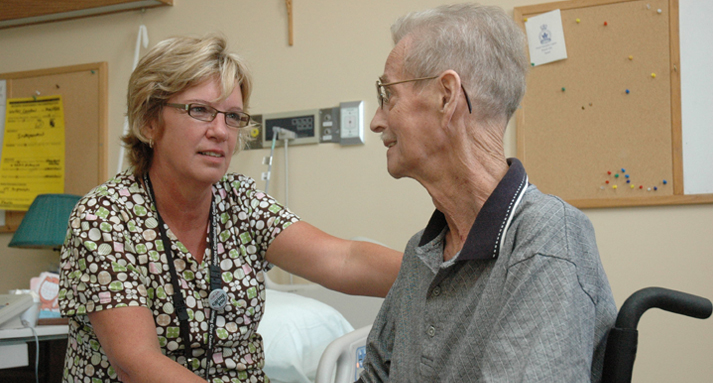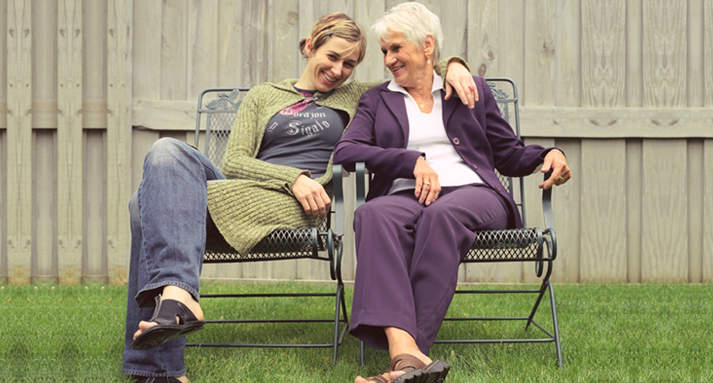 (855) 816-4777
(855) 816-4777Medicare, Medicaid, and many commercial insurance programs list four different levels of hospice care based on the individual’s health status and the intensity of services that are needed to care for them. Eligible individuals may access their hospice benefits at any level of care, based on their needs. They may transition between levels based on changes in their condition.
Routine Home Care is provided to an individual while they remain in their current home, wherever that may be. Over 95% of all hospice care is provided in this manner. Home may be a private residence, an assisted living facility, or a long-term care facility. Members of the hospice team go to the home and provide care and support for the individual and their family.
Inpatient Respite Care is available to support the family member or close friend serving as the individual’s primary caregiver. At times, the primary caregiver requires relief, often due to an important event or other obligation requiring the caregiver to be away from the area for a short time. This benefit is limited to five consecutive days or less. The individual will typically be admitted to a local skilled nursing facility or a hospital.
Continuous Home Care may be required to help stabilize an individual’s condition who may be experiencing an exacerbation of symptoms that are expected to be resolved quickly. He or she is able to remain in their current home setting due to a significant increase in the amount of direct time spent there by members of the hospice team. There must be in excess of eight hours of direct care provided within a 24-hour period, with more than 50% of that care provided by a Nurse.
General Inpatient Care may be necessary when the individual has become unstable or is experiencing uncontrolled pain or other symptoms. In these instances, intensive nursing and other support is necessary which will involve admission to either a hospital, a skilled nursing facility, or inpatient hospice facility. The facility staff will be responsible for providing routine care with supplemental services provided directly by hospice personnel within the skilled nursing facility, the acute care hospital, or the dedicated hospice inpatient facility. Typically, these individuals may have uncontrolled distressing physical symptoms such as, but not limited to:
- » Uncontrolled Pain
- » Respiratory Distress
- » Intractable Nausea
- » Severe Wounds
-
“Our position with the individual and family is simple. I’m here for you. I will keep you company and make you as comfortable as possible as you start your journey.”
- Sherry Martin, Vigil Volunteer













